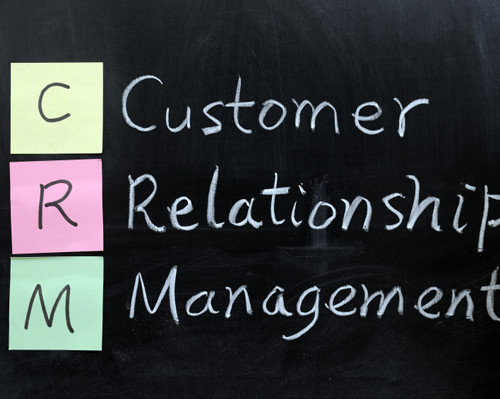There has been a great deal written about the importance of investing in personalised marketing campaigns in recent years. Consumers now expect it. They don’t want to receive faceless meaningless messages from brands that don’t show an understanding of their needs.
According to the findings of our annual study into the Top 50 Ecommerce Companies in the UK, over the past 12 months the number of brands who employ a preference centre – to collect data about their customers – has nearly doubled from 38% to 64%. Whilst there is undeniably room for improvement in these numbers, they do illustrate that as an industry, we are responding to the changing needs of the customer and embracing a data-driven approach to marketing.
There is however a problem. As marketers we are drowning in data and therefore not using it in an effective and meaningful way. It’s therefore unsurprising that only half of the top 50 who employ a preference centre are using the data they collect in their email marketing campaigns.
But this is where we have a problem. It’s one thing to not send a man in his late twenties emails about women’s shoes, unless he’s specifically asked to receive details about them. Or to send details to someone about holidays in the Bahamas when they specified they only like holidaying in Europe. That’s personalisation 101. For personalisation to be truly effective and meaningful you have to delve deeper and beyond the limits of your preference centre. You have to get to know your customers personally.
I’ve spoken before about the need for meaningful content, which taps into the key “moments of truth”, which motivate us as consumers and the need for those to be tailored to the individual recipient but we need to go further than that still.
We need to understand the psychology of the recipient. What’s their personality type? How do they like to interact with their favourite brands? Are they an immersive person, who is constantly engaging and interacting? Or are they a more passive person who needs to be carefully nurtured? These questions are what will give us an ultimate single customer view.
Identifying these defining traits will not happen overnight. Nor will it stay the same, as life changes and milestones enter the fray. But they will emerge with an analysis and an understanding of how recipients are interacting with the email content they receive. These online behaviours, combined with their responses and personal preferences will provide brands with a far more rounded picture of each individual recipient they are targeting.
In some instances the personality of a brand’s consumers may be easier to identify than others. A luxury lifestyle brand, will by default, only appeal to a certain customer set that fits within a particular lifestyle bracket. This will most likely be defined by their level of affluence, whereas a high-street retailer, which has a larger, less niche customer set and a far wider appeal will be less clear cut.
Identifying the personalities of those customers will be defined far more by the way they interact, when they interact and the extent to which they are enticed by a hero offer, whether in-store or online.
In both instances the approach will be largely the same. For the luxury lifestyle brand, the customer set may be united by a common set of variables, but each will still have their own personality traits and a defined way of how and when they like to be contacted.
Understanding these characteristics and subsequently investing in solutions which directly respond to them will become increasingly crucial in the months ahead; as consumers become more selective about the brands they interact with. This will be particularly important for those who are heavily focused on maintaining and building a sustained level of customer engagement, rather than those who are only interested in increasing engagement on their regular customer email newsletter.
For the high-street retailer the approach will be rather different, but the fundamental principles will remain the same. Brand marketers will need to make sure they are listening and responding to the defining characteristics of their customers. This means they need to be adaptable and prepared to change the way they interact with their customers, in line with how they are interacting with them. Brands that adopt this approach will be able to enhance the personalisation of their emails and as a result see their levels of engagement bolstered to new heights.
This new level of personalisation is by design rather complex and will take time to master. However, what it does affirm is the importance of testing and evaluation. No email template should remain static or constant. An effective campaign will be subject to rigorous tests which respond to customer interactions and behaviours.
Extracting these insights and deploying them across all your activity, is imperative to achieving the next stage in the personalisation cycle – provided you’re ready to handle and process the data accordingly.






